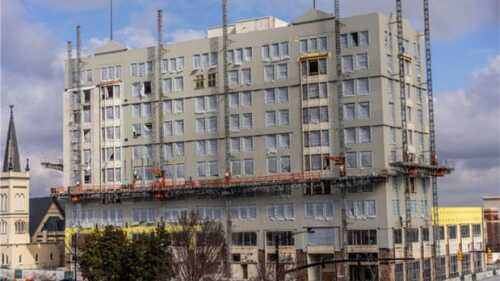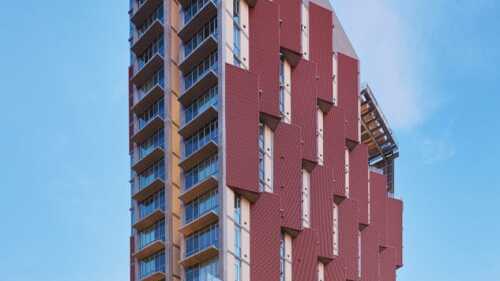<b>Equitable Development</b>
At a recent event hosted by ULI Washington, panelists discussed how U.S. and Chinese companies are continuing to work together. After record levels of U.S. investment from China in 2016, new controls on capital outflow and investors’ changing attitudes have slowed inflows, while domestic development in China has also shifted.
“Real estate development is a high-stakes gamble,” said Michael Maher of the WestEdge Foundation. Maher joined five other developers in discussing their current projects at the ULI Carolinas Meeting in Greenville, South Carolina.
In February, ULI South Florida/Caribbean gathered a panel of researchers, real estate developers, and economic development agencies at the new Arts & Entertainment District—the latest neighborhood to emerge as a cultural destination for city residents.
At the 2018 ULI Europe Conference in Berlin, a number of discussions on the future of the retail business looked at the changing shopping center ecosystems and what developers could be doing better.
In many ways, San Diego illustrates the challenges facing many attractive U.S. cities, including the demand for affordable housing, struggling retail, and the need for more senior housing. At the top of the list is a strong community wariness of any new development, which has made it difficult to build meaningful mixed-use projects, said speakers during a January panel discussion organized by ULI San Diego–Tijuana.
An excerpt from Building Equitable Cities: How to Drive Economic Mobility and Regional Growthby Henry Cisneros, former mayor of San Antonio and former secretary of the U.S. Department of Housing and Urban Development. Cisneros cowrote the new ULI book with Janis Bowdler and Jeffrey Lubell.
Commercial real estate investors are keeping calm and carrying on, even though they are uncertain about what is coming next for fundamental elements affecting their business, such as the federal tax code and interest rate policy. “It makes it difficult to plan. . . . You don’t know what the federal budget is going to be. You don’t know what the Federal Reserve is going to be,” said Bowen H. “Buzz” McCoy, who participated in the 24th annual ULI/McCoy Symposium on Real Estate Finance, held in December in New York City.
Can the city create a healthier, less automobile-centric environment by closing more streets to traffic?
While the $1.5 trillion tax-cut bill passed by the U.S. House of Representatives is widely seen as beneficial for commercial real estate, one provision would eliminate a municipal financing tool that has been essential for housing, infrastructure, and industrial development investment for decades.
In the wake of Hurricane Harvey, development costs—not only up and down the Gulf Coast of Texas but also in areas that escaped the storm’s wrath—are poised to jump as builders grapple with a tighter labor market and higher material costs, according to speakers at a ULI Austin event in October.








